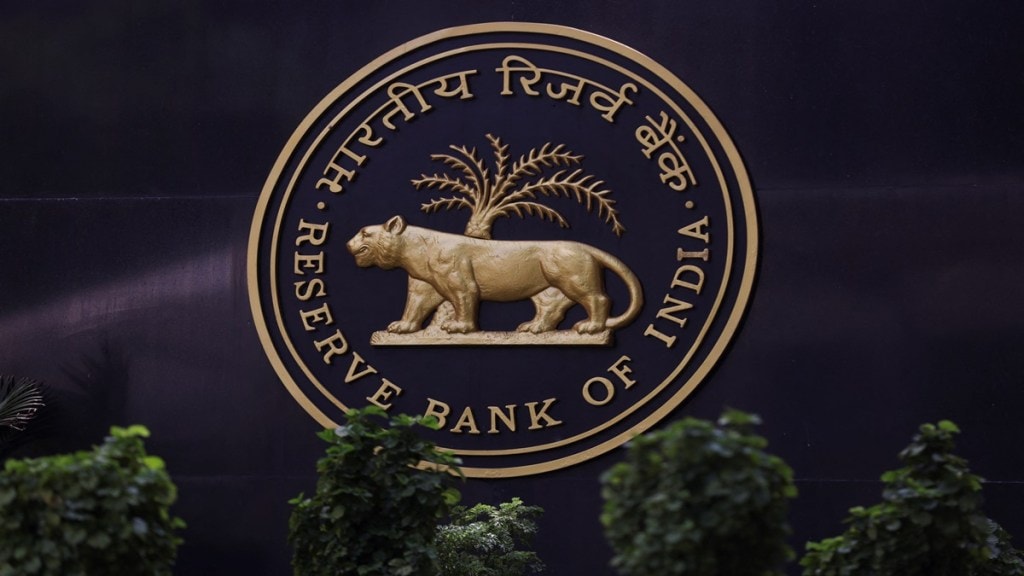The Reserve Bank of India’s (RBI) Monetary Policy Committee (MPC) meeting entered its second day today (January 6). The members are deliberating on key interest rates, alongside measures to address the domestic liquidity conditions and smooth INR volatility, economists said that the MPC is expected to announce a 25 bps cut this month. Shreya Sodhani, Regional Economist, Barclays, said, “We continue to expect the RBI MPC to announce a 25 bps policy repo rate cut in the 7 February policy meeting, alongside more non-rate measures to address the domestic liquidity conditions and smooth INR volatility. We have previously argued that RBI has multiple (non-rate) measures in its toolkit to address the ongoing concerns around the INR and rates. Lastly, by announcing the much awaited USDINR buy/sell swap for $5 billion (albeit for a shorter tenor than we expected), the RBI has potentially indicated its implicit stance on the INR too.”
Notably, this is the first policy meeting under the leadership of newly appointed RBI Governor Sanjay Malhotra. Earlier in December, he took charge as the 26th governor of the central bank for the next 3 years, replacing Shaktikanta Das.
Suman Chowdhury, Executive Director & Chief Economist, Acuité Ratings & Research Limited, said, “The RBI MPC meeting of Feb’2025 is significant in several ways. This is the first meeting of the MPC under the leadership of the new RBI Governor. Secondly, it comes at a time when there are several headwinds in both the external and the domestic environment.” Events like the change in the US Government that has dramatically altered the expectations regarding Fed’s monetary policy and the interest rate trajectory, translating to a stronger USD and capital outflows as well as a sharp currency depreciation in developing economies like India, he said, will be among the slew of discussions at the RBI MPC meet. On the other hand, the Indian economy has witnessed a slowdown in the current fiscal with consensus estimates of 6.4 per cent GDP growth from 8.2 per cent in FY24. While headline inflation has moderated to 5.2 per cent in Dec’2024 and is expected to subside further to 4.5 per cent over the next few months, there are concerns on its sustainability amidst the INR touching 87 to the USD.
With the benchmark repo rate of RBI been ‘higher for longer’ at 6.50 per cent since February 2023, there are increasing demands to go for the pivot. “Given the conflicting needs of maintaining low inflation, stabilizing the INR and also reviving the growth momentum in the economy, the Feb’2025 meeting will, however, be a tough call for the RBI,” said Suman Chowdhury.
RBI setting stage for repo rate cut
The RBI announced OMO purchase calendar (alongside doing OMO buys on screen), a long-dated VRR and a USDINR buy/sell swap to address domestic liquidity conditions and smooth INR volatility. “We see this as RBI setting stage for imminent policy repo rate cut in the upcoming meeting. Alongside a policy repo rate cut, a change in stance to accommodative, we see the RBI announce additional measures to infuse liquidity such as topping up the PMO purchase calendar,” said Shreya Sodhani from Barclays.
With the liquidity deficit reaching Rs 2.5 trillion-plus recently, markets had again started to worry about what can the RBI do. “With these measures, the RBI has clearly signaled that it is watchful of market conditions and stands ready to respond to system needs, once the dust settles. One can argue that the amount of OMO purchase is still small relative to the size of the liquidity deficit that needs to be addressed, but we believe it is the signaling that matters more here. One of the main pushback to our 7 February rate cut call is, with a persistent liquidity deficit, a rate cut now would be akin to a wasted bullet. By announcing these measures to address liquidity concerns, the RBI, in our view, is setting stage for monetary easing in the upcoming February policy meeting,” Shreya Sodhani added.
In line with Union Budget’s objective…
Given the Union budget’s emphasis on reviving consumption to support economic growth, the RBI might consider turning the policy rate cycle, economists said. In her Budget speech on February 1, Finance Minister Nirmala Sitharaman announced that the central government slowed down the pace of fiscal consolidation in FY26 and targeted to bring down the fiscal deficit to 4.4 per cent of GDP in FY26 (from 4.8 per cent of GDP in FY25RE). She also announced income tax relief for middle class households, which could give much needed boost to consumption.
Shishir Baijal, Chairman and Managing Director, Knight Frank India, said, “This potential rate cut will align with the budget’s objectives of stimulating economic activity while managing a prudent fiscal position, which provides comfort on currency and inflation fronts. Additionally, the government’s balanced borrowing plan and efforts to enhance liquidity could support a favourable environment for such a rate cut.”
CRR cut likely?
Dipti Deshpande, Principal Economist, Crisil Ltd, said, “The budget has pursued the path of fiscal tightening but has also ensured it remains growth supportive. All eyes therefore are now the RBI MPC review. Meanwhile, led by softer food prices, consumer prices inflation (CPI) is expected to decline in January inching closer to the 4 per cent CPI inflation target of the MPC. The tighter fiscal stance and expectations of lower inflation should open the path for rate cuts. We expect the MPC to bring down the repo rate by 25 basis points in its February meeting while also keeping liquidity conditions supportive.”
However, Suman Chowdhury believed that while RBI MPC could support the fiscal initiative on growth by providing an easier liquidity environment through various tools like OMO and even a further CRR cut at the current juncture, the central bank may postpone the rate cut decision to April’2025.
